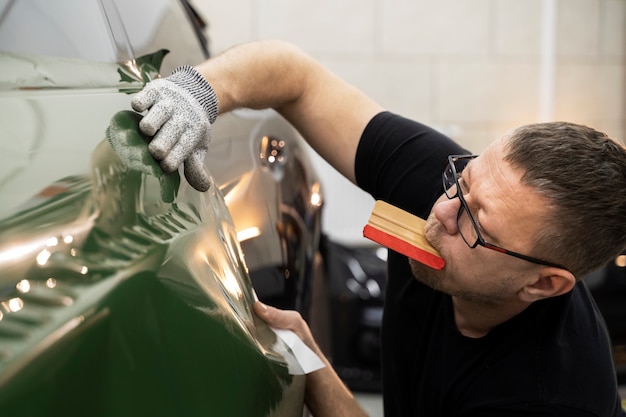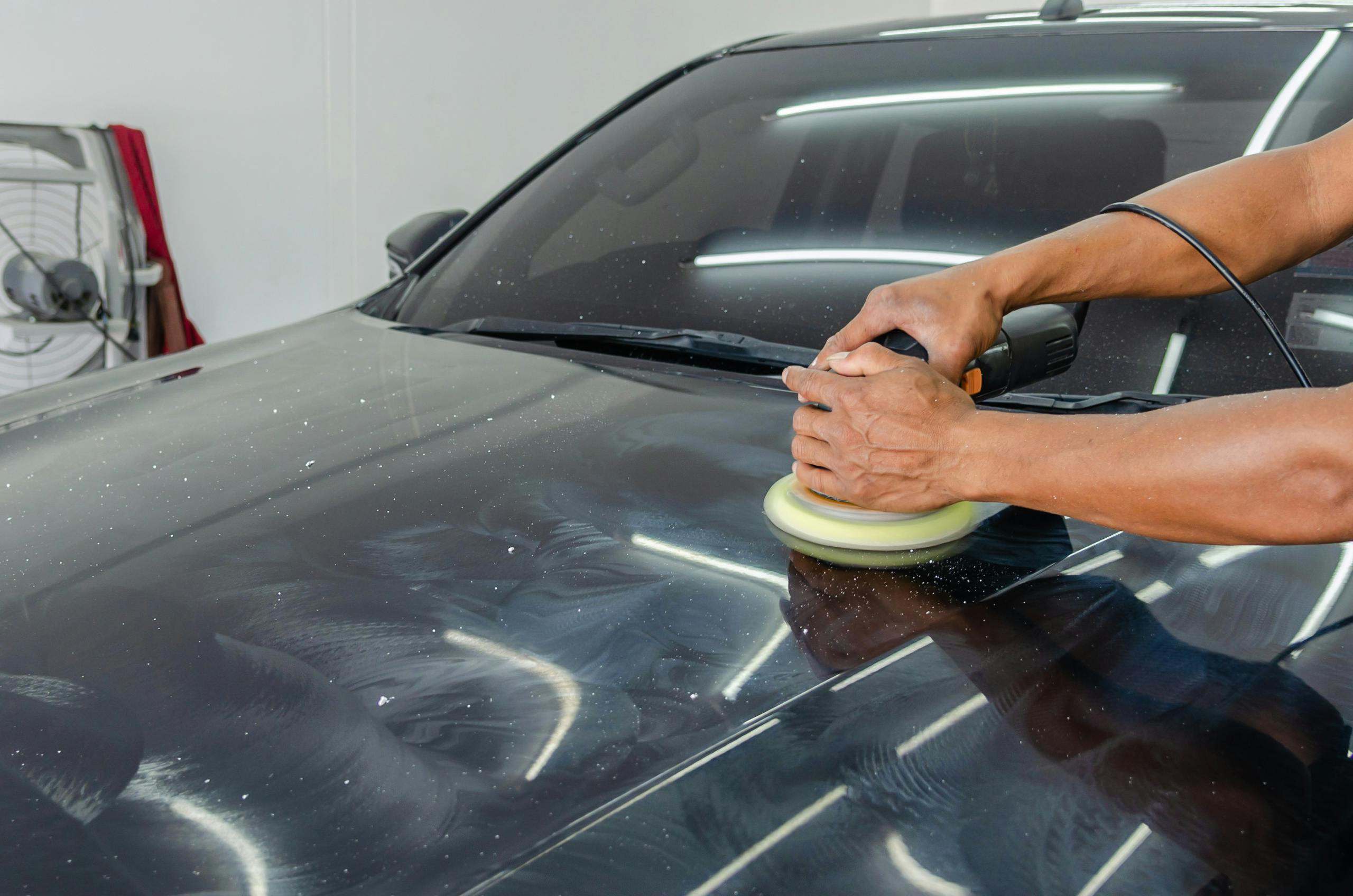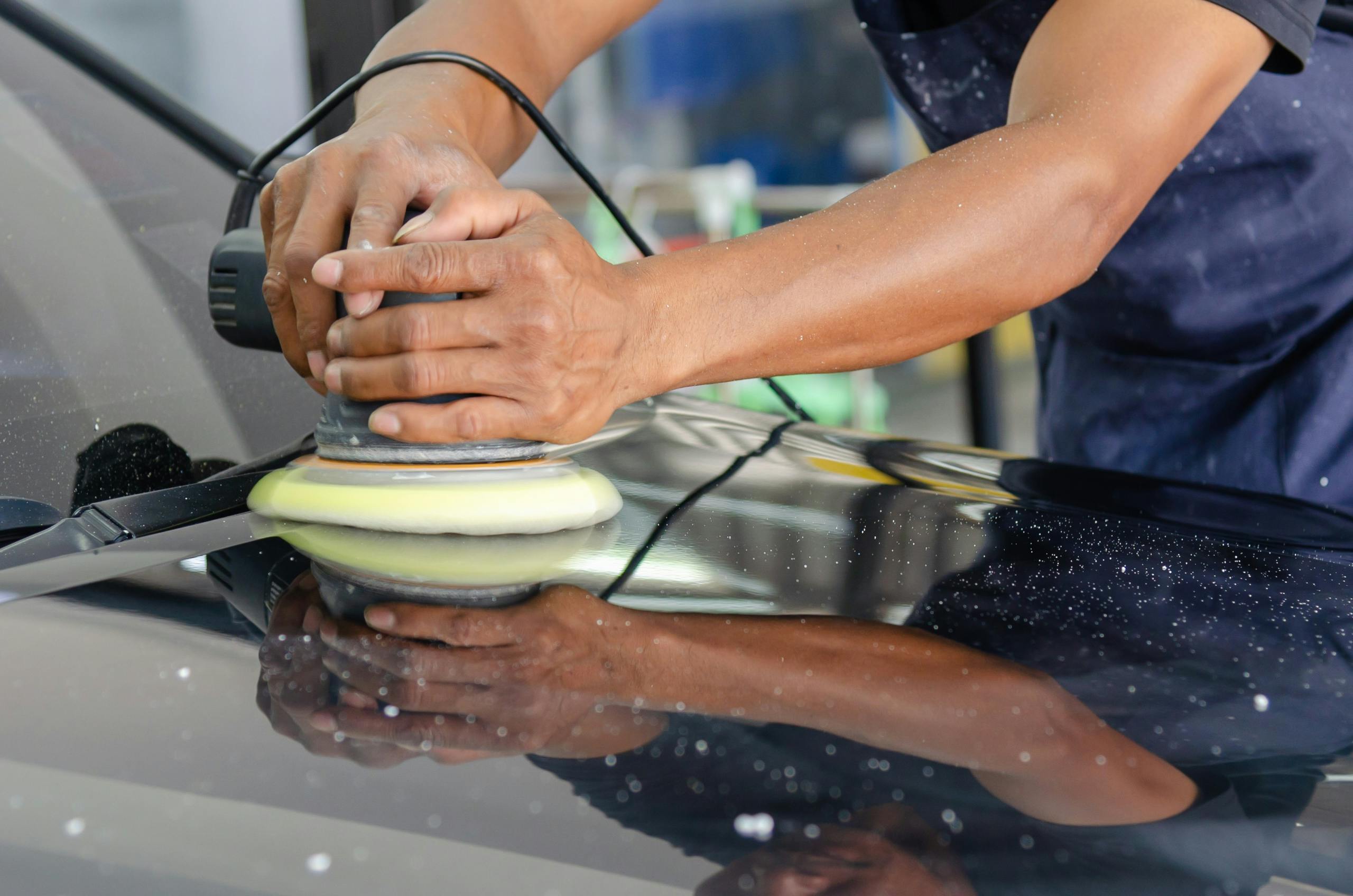Paintless Dent Repair Mastery: Transforming Dings And Dents Into Perfection
Paintless Dent Repair (PDR) is a revolutionary technique that has transformed the automotive repair industry. With the mastery of this skill, technicians can seamlessly eliminate dings and dents without the need for traditional bodywork or repainting. In this article, we'll explore the art of Paintless Dent Repair, its benefits, and how mastery of this technique can elevate a technician's capabilities.
Understanding Paintless Dent Repair
Paintless Dent Repair is a method that involves massaging and reshaping dented panels from the inside out. Technicians use specialized tools to access the backside of the damaged area, applying precise pressure to gradually reshape the metal without disturbing the vehicle's factory finish. This process is particularly effective for small to medium-sized dents caused by hail, door dings, or other minor collisions.
The Tools of the Trade
One key aspect of mastering Paintless Dent Repair is understanding and utilizing the right tools. PDR technicians employ an array of specially designed tools, such as metal rods and hammers, glue pulling systems, and LED lighting to carefully manipulate the metal back into its original form. The finesse required in handling these tools is an essential skill that separates novices from experts in the field.

Precision and Patience
Mastery of Paintless Dent Repair demands precision and patience. Technicians must have a keen eye for detail to identify the subtle contours of a dent and apply the right amount of pressure to restore the panel without causing further damage. This requires a deep understanding of the materials used in modern vehicles and the ability to adapt techniques to various makes and models.
Benefits of Paintless Dent Repair Mastery
Paintless Dent Repair (PDR) Mastery offers a myriad of benefits for technicians in the automotive repair industry. Let's delve into the advantages that come with mastering this revolutionary technique.
Time Efficiency
One of the primary benefits of Paintless Dent Repair Mastery is the significant time savings it offers. Unlike traditional dent repair methods that involve time-consuming processes such as sanding, filling, and repainting, PDR allows technicians to complete repairs swiftly. The ability to efficiently address dings and dents translates to quicker turnaround times for customers, enhancing overall satisfaction.
Cost-Effectiveness
Mastering Paintless Dent Repair proves to be a cost-effective solution for both repair shops and vehicle owners. The technique eliminates the need for costly materials like paint and body fillers, reducing the overall repair expenses. This affordability makes PDR an attractive option for individuals seeking high-quality repairs without incurring exorbitant costs, further boosting the demand for technicians with PDR mastery.
Eco-Friendly Approach
In an era where environmental consciousness is paramount, Paintless Dent Repair stands out as an eco-friendly approach to automotive restoration. Unlike traditional dent repair methods that may involve the use of environmentally harmful chemicals and materials, PDR minimizes the impact on the environment. The absence of paint and fillers contributes to a greener and more sustainable approach to dent repair, aligning with the growing trend towards eco-conscious practices in the automotive industry.

Versatility Across Vehicle Types
Mastering PDR equips technicians with a versatile skill set that can be applied across various vehicle types and models. Whether working on compact cars, SUVs, or luxury vehicles, PDR techniques can be adapted to suit different panel materials and designs. This versatility expands the scope of services technicians can offer, making them valuable assets in the diverse landscape of the automotive repair industry.
Enhanced Customer Satisfaction
Paintless Dent Repair Mastery directly correlates with enhanced customer satisfaction. Vehicle owners appreciate the efficiency, affordability, and non-intrusive nature of PDR. The ability to restore their vehicles to perfection without the need for extensive and time-consuming repairs contributes to a positive customer experience. Satisfied customers are more likely to return for future services and recommend skilled PDR technicians to others, fostering a positive reputation for both individual technicians and repair shops.
Increased Demand and Opportunities
Technicians who master Paintless Dent Repair often find themselves in high demand within the automotive repair market. As word spreads about their proficiency in PDR, opportunities for collaboration with auto dealerships, insurance companies, and other industry stakeholders increase. This heightened demand not only boosts the technician's career prospects but also positions them as sought-after experts in the field.
Continuous Innovation and Adaptation
PDR Mastery involves a commitment to continuous innovation and adaptation. As the automotive industry evolves with advancements in materials and technologies, skilled technicians stay ahead by incorporating new tools and techniques into their repertoire. This commitment to staying current ensures that PDR masters are well-equipped to handle the dynamic challenges presented by modern vehicles, reinforcing their status as industry leaders. Get insights about Paintless Dent Repair In Idaho.
Elevating Automotive Repair Standards
In the dynamic world of automotive repair, elevating standards is more than a goal—it's a commitment to excellence. Technicians dedicated to this mission prioritize customer satisfaction through high-quality services and innovative solutions like Paintless Dent Repair (PDR).
- Customer-Centric Approach: Elevating standards begins with a customer-centric approach. Repair professionals strive not only to meet but exceed customer expectations. By delivering top-notch repairs and embracing advanced techniques, such as PDR, technicians create a positive and lasting impression on vehicle owners.
- Technological Advancements: Staying at the forefront of technological advancements is integral to setting high standards. By incorporating the latest diagnostic tools and repair techniques, technicians ensure precise and efficient service delivery. This dedication to innovation positions repair professionals as leaders in the ever-evolving automotive landscape.
- Ethical Practices: Upholding ethical practices is a cornerstone of elevated standards. Transparent communication about repair processes, costs, and timelines builds trust with customers. Repair professionals who prioritize integrity foster a positive image for themselves and contribute to the overall reputation of the repair industry.
- Continuous Learning: Elevating standards demands a commitment to continuous learning. Technicians who invest in ongoing training and certification stay ahead of industry trends. This dedication to professional development ensures that repair professionals are equipped to handle the complexities of modern vehicles.
- Environmental Responsibility: With a growing emphasis on sustainability, repair professionals embrace environmentally friendly practices. Techniques like PDR, which eliminate the need for harsh chemicals, contribute to reducing the environmental impact of automotive repairs. Repair shops that adopt eco-friendly initiatives align with the global shift toward greener practices.
- Industry Collaboration: Setting and maintaining high standards is a collaborative effort. Repair shops, manufacturers, and regulatory bodies working together establish benchmarks for quality and service. Sharing best practices and participating in industry forums create a supportive network that propels the entire automotive repair sector forward.

